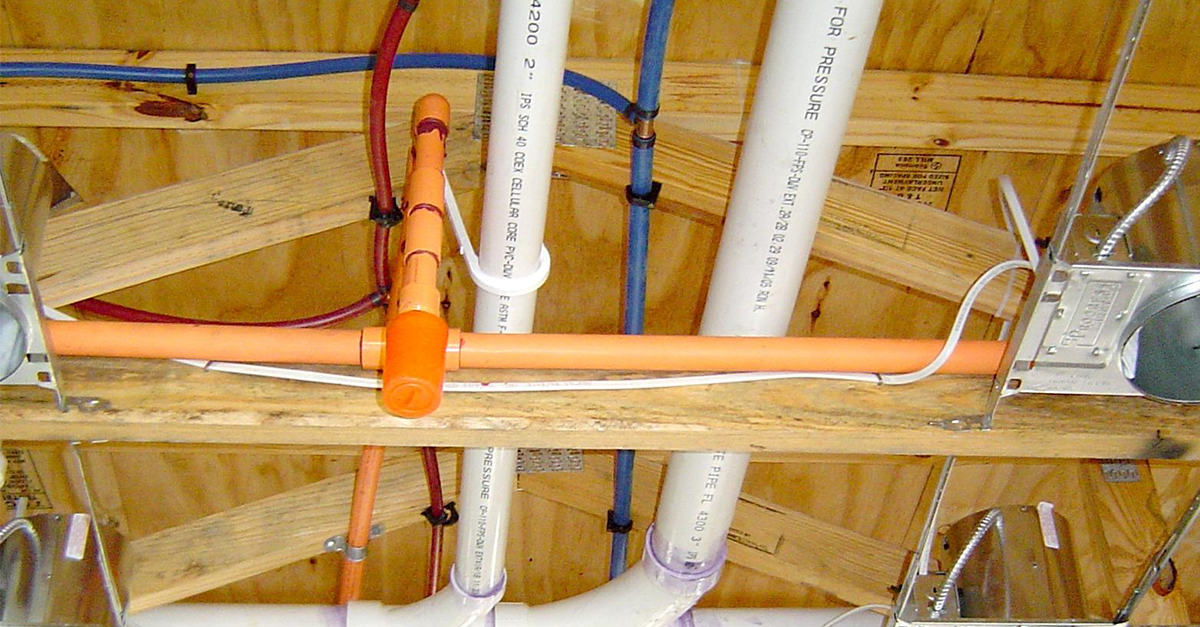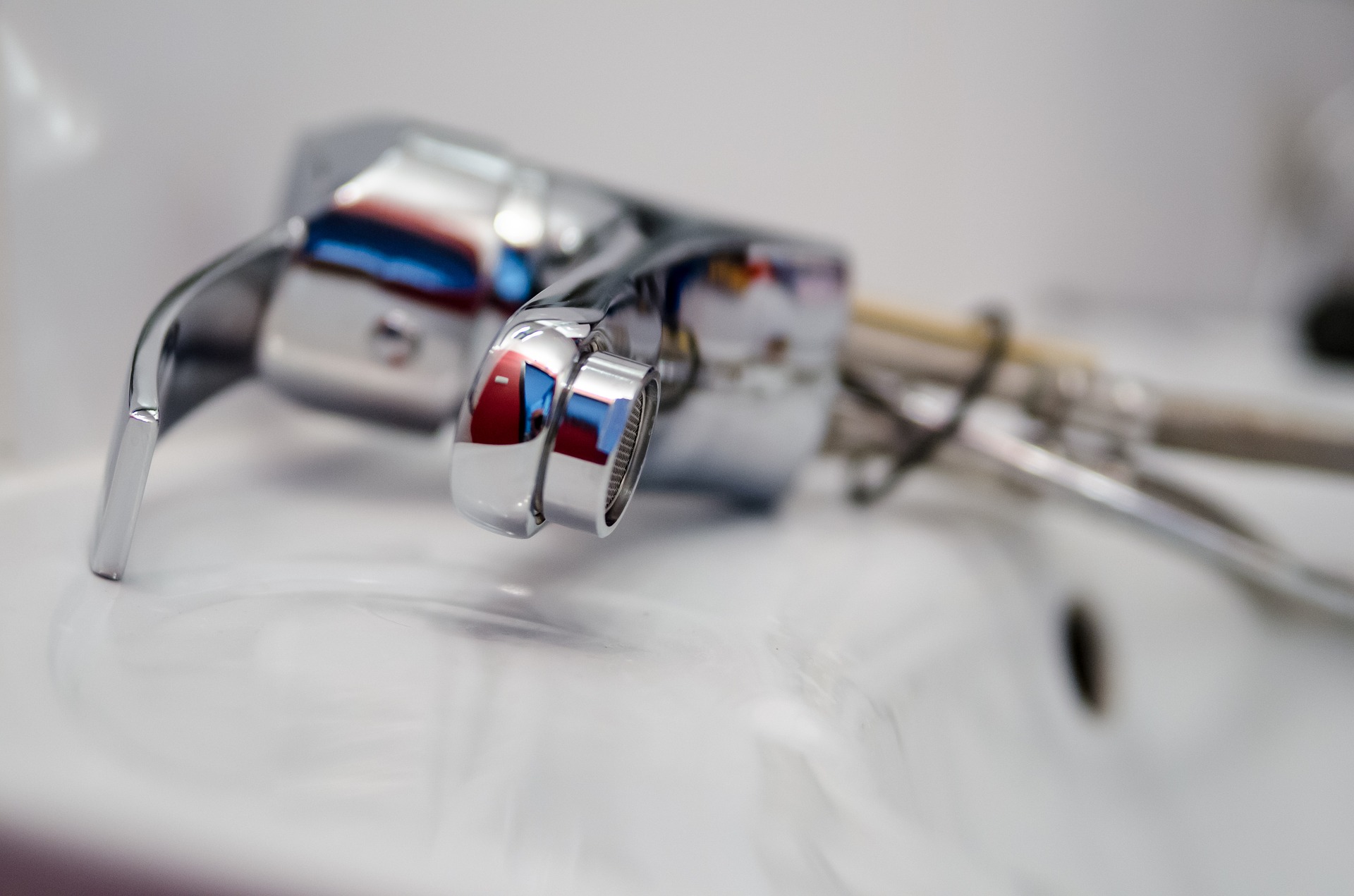Preventing Common Plumbing Issues in Your Home: Specialist Advice
Preventing Common Plumbing Issues in Your Home: Specialist Advice
Blog Article
The content below about 6 Common Plumbing Problems and How to Fix Them is exceptionally compelling. You should read it.

Introduction
Preserving a functional plumbing system is essential for a comfortable home. By taking preventive measures, you can stay clear of typical plumbing concerns that might disrupt your life and sustain pricey repair services.
Display Water Pressure
Watch on your water pressure to avoid stress on your pipes and devices. High water stress can cause leaks and damage with time. Consider installing a pressure regulator to maintain ideal water stress throughout your home.
Educate House Members
Inform every person in your home regarding appropriate plumbing methods. Teach them what should and should not be purged or taken care of down the drain to avoid preventable plumbing troubles.
Protect Pipelines from Freezing
Throughout winter, take actions to stop your pipelines from cold. Protect subjected pipes, specifically those in unheated areas like cellars and attics. Allow faucets to trickle throughout freezing temperature levels to avoid water from cold in the pipelines.
Address Leakages Immediately
Deal with any type of leakages or drips as quickly as you discover them. Also small leaks can waste water and cause damages to your home in time. Tighten loosened fittings or change worn-out seals to avoid leakages from worsening.
Normal Upkeep Checks
On a regular basis checking your plumbing system is crucial for recognizing potential issues before they escalate. Inspect pipes, faucets, commodes, and appliances for leakages, corrosion, or signs of damage.
View What You Flush
Be mindful of what you flush down your toilets. Stay clear of purging things such as wipes, cotton rounds, hygienic products, and paper towels, as these can create obstructions and backups in your pipes.
Appropriate Disposal of Oil and Food Waste
Dispose of grease, oils, and food scraps correctly to stop accumulation in your pipes. Avoid pouring oil down the tubes, as it can solidify and create obstructions. Utilize a strainer in your kitchen area sink to catch food fragments and empty it frequently.
Be Gentle with Plumbing Components
Stay clear of utilizing too much pressure when operating plumbing components such as faucets and shutoffs. Misuse can create damage, bring about leaks and various other malfunctions.
Routine Drain Cleaning
Arrange regular drainpipe cleansing to stop buildup of hair, soap scum, and other particles. Make use of a drainpipe serpent or chemical cleaner to remove obstructions and keep smooth water drainage.
Install Water Softeners
Think about installing a water softener if you have hard water. Tough water can trigger mineral buildup in your pipelines and home appliances, resulting in lowered water flow and efficiency.
Verdict
Protecting against typical plumbing problems in your house calls for persistance and routine maintenance. By following these safety nets, you can make sure that your plumbing system runs efficiently and stay clear of pricey repair services in the future.
Expert Tips for Preventing Common Plumbing Issues
Keep Drains Clear and Functional
Regularly clean drain covers and hair-catching devices to eliminate debris and prevent buildup. Avoid disposing of grease, oil, or coffee grounds down your drains, as they can congeal and accumulate over time, creating obstructions. Consider using a biodegradable drain cleaner periodically to break down organic matter and maintain clear pipes. Prevent and Identify Leaks Early
Regularly inspect visible plumbing connections, pipes, and fixtures for signs of moisture or corrosion. Fix loose connections or replace damaged components as needed. Install water leak sensors in high-risk areas such as under sinks, near water heaters, and around washing machines to provide early warning of potential leaks. Monitor your water bill for sudden increases in usage, which may indicate a hidden water leak. Protect Plumbing from Freezing Temperatures
Allow faucets to drip slightly during extremely cold weather to prevent freezing and pressure buildup inside the pipes. Seal gaps and openings in walls, doors, and windows near plumbing to prevent drafts from reaching your pipes. Maintain Optimal Water Heater Performance
Schedule annual professional maintenance of your water heater, including checking pressure-relief valves, flushing sediment buildup, and inspecting for corrosion or leaks. Maintain the manufacturer-recommended temperature setting, typically around 120°F (49°C), to optimize energy efficiency and prevent scalding. Consider installing an expansion tank in your system if you have a closed-loop water supply, which prevents excessive pressure buildup and potential water heater failure. https://www.climatecontrolkc.com/blog/plumbing/tips-for-preventing-plumbing-issues/

Hopefully you enjoyed reading our post on What You Can Do to Avoid Plumbing Problems. Thanks a ton for taking the time to read through our blog. Liked our entry? Please quickly share it. Let another person discover it. Thanks a lot for being here. Don't forget to check our website back soon.
Book Report this page